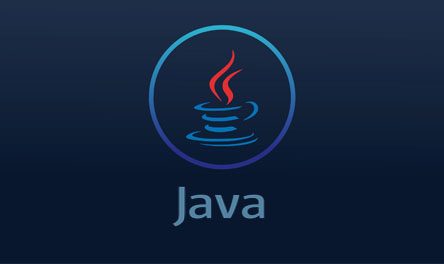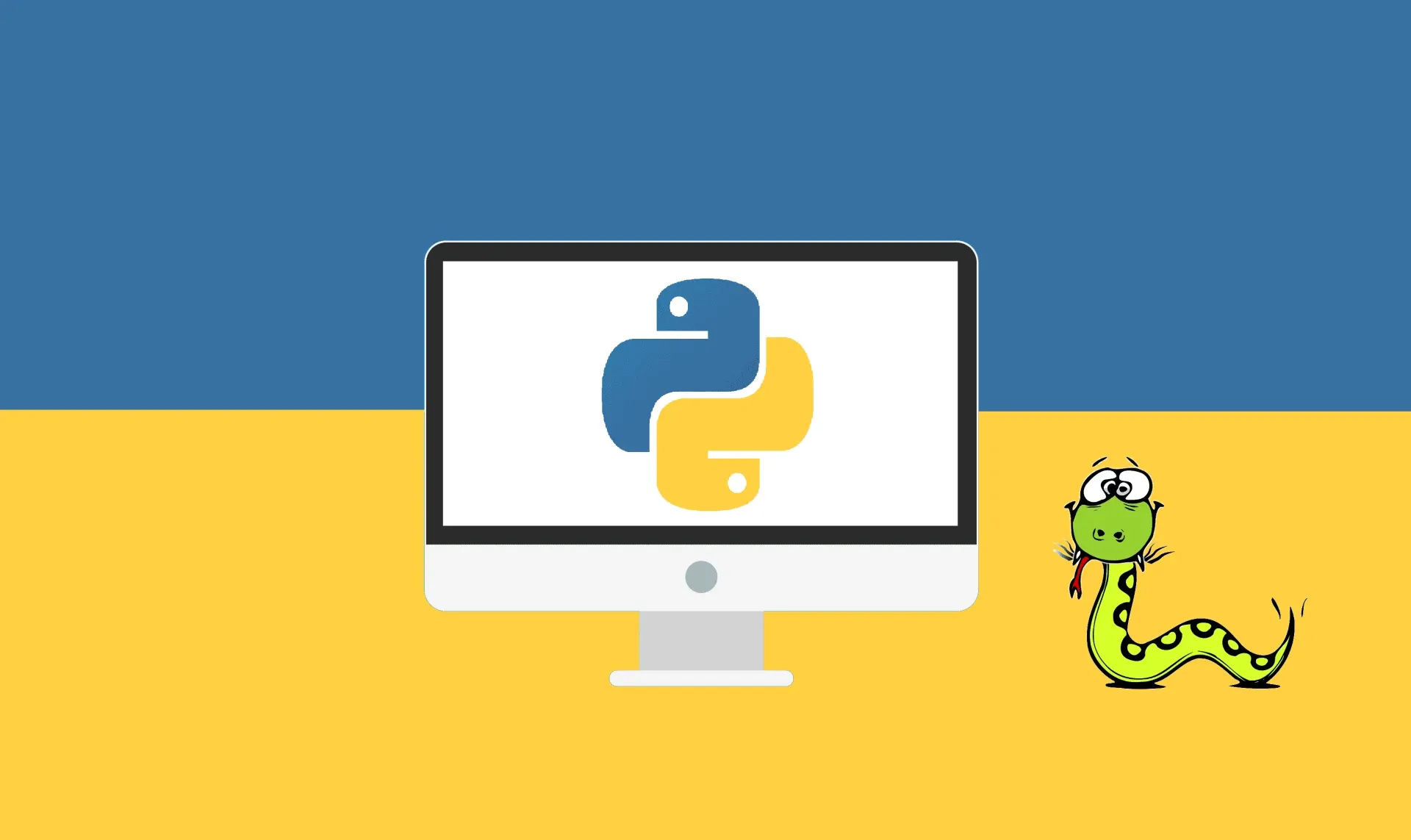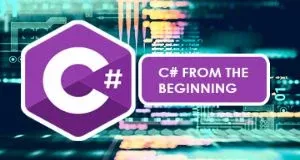This plan includes
- Limited free courses access
- Play & Pause Course Videos
- Video Recorded Lectures
- Learn on Mobile/PC/Tablet
- Quizzes and Real Projects
- Lifetime Course Certificate
- Email & Chat Support
What you'll learn?
- Master Core Java Fundamentals: Understand and apply the core concepts of Java programming, including object-oriented programming (OOP), data structures, algorithms, and exception handling. Hands-on Projects and Real-world Applications: Apply acquired knowledge through hands-on projects and real-world scenarios, consolidating understanding and gaining practical experience in Java development. Industry-relevant Skills and Best Practices: Acquire industry-relevant skills and best practices in Java programming, database connectivity, web development, and microservices architecture, preparing for real-world challenges and demands of the industry. Build a Strong Foundation for Career Advancement: Equip yourself with a solid foundation in Java programming and related technologies, enhancing your career prospects and paving the way for opportunities as a Java developer, backend developer, full-stack developer, or software engineer
- Effective Database Connectivity: Learn how to interact with databases using JDBC (Java Database Connectivity) and SQL (Structured Query Language) to perform CRUD (Create, Read, Update, Delete) operations and manage data effectively.
- Develop Robust Web Applications with Spring Boot: Gain proficiency in developing web applications using Spring Boot, a popular Java framework, and harness its capabilities to create scalable, efficient, and maintainable applications. Create Restful APIs: Explore the principles of Restful services and learn how to design and implement Restful APIs using Spring Boot, facilitating seamless communication between client and server applications. Understand MVC Architecture: Dive into the Model-View-Controller (MVC) architecture and comprehend its role in building well-structured and modular Java applications, enhancing code organization and maintainability. Embrace Microservices Architecture: Delve into microservices architecture and learn how to design, develop, and deploy microservices using Java and Spring Boot, enabling agility, scalability, and resilience in modern application development.
Course Overview
Welcome to the Mastering JAVA & SPRING BOOT course, your gateway to becoming a proficient Java developer. In this comprehensive course, you will delve into the intricacies of Core Java, JDBC, SQL, Spring Boot with Restful Services, MVC architecture, and Microservices development.
Course Overview:This course is designed for aspiring developers and programmers who want to master Java programming and its related technologies. Whether you're a beginner or an experienced developer looking to enhance your skills, this course offers a structured learning path to elevate your Java expertise.
Key Learning Points:
- Core Java Fundamentals: Learn essential Java concepts such as object-oriented programming (OOP), data structures, algorithms, exception handling, and more.
- Database Connectivity (JDBC and SQL): Understand JDBC for database access and SQL for querying and managing databases effectively.
- Spring Boot with Restful Services: Dive into Spring Boot framework to develop robust Restful APIs for seamless communication between applications.
- MVC Architecture: Explore the Model-View-Controller (MVC) architecture for building scalable and maintainable Java applications.
- Microservices Development: Master the art of designing, developing, and deploying microservices using Java and Spring Boot for agility and scalability.
Pre-requisites
- Basic Programming Knowledge: Familiarity with programming concepts such as variables, data types, control structures (if statements, loops), and functions/methods is recommended
Target Audience
- Students, Aspiring Java Programmers, Java Developers, Faculties, etc
Curriculum 127 Lectures 39:34:16
Section 1 : Mastering Java and Spring Boot - Course Agenda
Section 2 : Java Programming ( Core Java / Java SE)
- Lecture 1 :
- Course Agenda - Java Programming
- Lecture 2 :
- Java - Development Environment Setup
- Lecture 3 :
- Writing First Java Program
- Lecture 4 :
- Command Line Arguments - String[] args
- Lecture 5 :
- Basic Programming Constructs of Java - Overview
- Lecture 6 :
- Char Set of Java
- Lecture 7 :
- Identifiers, Variables & Constants
- Lecture 8 :
- Primitive Data Types
- Lecture 9 :
- Operators in Java - Overview
- Lecture 10 :
- Operators - Part I
- Lecture 11 :
- Operators - Part II
- Lecture 12 :
- Operators - Part III
- Lecture 13 :
- Control Statements - Overview
- Lecture 14 :
- Decision Making Statements - if
- Lecture 15 :
- Decision Making Statements - else if ladder
- Lecture 16 :
- Decision Making Statements - switch
- Lecture 17 :
- Looping Statements - while and do-while
- Lecture 18 :
- Looping Statements - for and for-each style
- Lecture 19 :
- Jump Statements - break, continue and return
- Lecture 20 :
- Arrays in Java - Part I
- Lecture 21 :
- Arrays in Java - Part II
- Lecture 22 :
- Arrays of Arrays in Java
- Lecture 23 :
- Methods in Java
- Lecture 24 :
- Object Oriented Programming Concepts
- Lecture 25 :
- Class and Object - Part I
- Lecture 26 :
- Class and Object - Part II
- Lecture 27 :
- Encapsulation and Access Modifiers
- Lecture 28 :
- Constructors in Java
- Lecture 29 :
- this keyword in Java
- Lecture 30 :
- static keyword in Java
- Lecture 31 :
- Inheritance - Part I
- Lecture 32 :
- Inheritance - Part II
- Lecture 33 :
- Inheritance - Part III
- Lecture 34 :
- Run-time Polymorphism
- Lecture 35 :
- Association among the classes
- Lecture 36 :
- Introduction to abstraction
- Lecture 37 :
- abstract classes
- Lecture 38 :
- Interfaces in Java
- Lecture 39 :
- Multiple Inheritance in Java
- Lecture 40 :
- New Features of Interface
- Lecture 41 :
- Nested Classes
- Lecture 42 :
- Anonymous Inner Classes
- Lecture 43 :
- Packages in Java
- Lecture 44 :
- Creating Custom Packages
- Lecture 45 :
- Exception Handling - Part I
- Lecture 46 :
- Exception Handling - Part II
- Lecture 47 :
- Exception Handling - Part III
- Lecture 48 :
- Creating User-defined exceptions and using them
- Lecture 49 :
- Try with Resources
- Lecture 50 :
- Strings in Java
- Lecture 51 :
- String comparison in Java
- Lecture 52 :
- Introduction to IO Streams
- Lecture 53 :
- File Handling in Java
- Lecture 54 :
- Processing Buffers and Byte Streams
- Lecture 55 :
- Serialization in Java
- Lecture 56 :
- Different ways to read data from User in Java
- Lecture 57 :
- Introduction to Multithreading
- Lecture 58 :
- Creating Threads in Java
- Lecture 59 :
- sleep(), join(), currentThread() and other useful methods of Thread class
- Lecture 60 :
- Synchronization in Java
- Lecture 61 :
- Understanding Inter-Thread Communication
- Lecture 62 :
- Collection Framework - Part I
- Lecture 63 :
- Collection Framework - Part II
- Lecture 64 :
- Collection Framework - Part III
- Lecture 65 :
- Collection Framework - Part IV
- Lecture 66 :
- Generics in Java
- Lecture 67 :
- Reflection Mechanism in Java
- Lecture 68 :
- A Mini Project - Student Management System
Section 3 : JDBC - Java Database Connectivity
- Lecture 1 :
- JDBC - MySQL Environment Setup
- Lecture 2 :
- Steps to connect to database
- Lecture 3 :
- CRUD operations with JDBC
- Lecture 4 :
- Using Aggregate Functions
- Lecture 5 :
- Prepared Statement
- Lecture 6 :
- Callable Statement
- Lecture 7 :
- Transaction Management in JDBDC
- Lecture 8 :
- Using Metadata in JDBC - Database and ResultSet metadata
Section 4 : Spring Boot with REST API - First Things First
- Lecture 1 :
- Course Agenda - Spring Boot, REST API, MVC and Microservices
- Lecture 2 :
- Spring Boot - Development Environment Setup
- Lecture 3 :
- Introduction to Spring and Spring Boot
- Lecture 4 :
- Spring Initializr - to create Spring Boot projects
- Lecture 5 :
- A Simple REST Controller with API methods
- Lecture 6 :
- Using Maven - Project Management Tool
- Lecture 7 :
- Spring Boot Starters and Dev Tools
- Lecture 8 :
- Spring Boot Actuator
Section 5 : REST API / RESTful Web Services
- Lecture 1 :
- REST Web Services / REST API
- Lecture 2 :
- Introduction to JSON, HTTP Methods and Postman Client
- Lecture 3 :
- Java - JSON Binding - Jackson Project
- Lecture 4 :
- Handling Path Variables - @PathVariable
- Lecture 5 :
- REST API - Exception Handling
- Lecture 6 :
- REST API - Global Exception Handling
- Lecture 7 :
- REST API Design
Section 6 : Lombok - Bean Management Framework
- Lecture 1 :
- Lombok - usage and benefits
Section 7 : Spring JPA with Hibernate
- Lecture 1 :
- Introduction to JPA with Hibernate
- Lecture 2 :
- Setting up a JPA/Hibernate Project
- Lecture 3 :
- JPA/Hibernate CRUD - Create
- Lecture 4 :
- JPA/Hibernate CRUD - Read
- Lecture 5 :
- JPA/Hibernate CRUD - Update and Delete
- Lecture 6 :
- JPA/Hibernate CRUD - Creating Custom Tables from Java Code
Section 8 : REST API CRUD Application - Employee Management System
- Lecture 1 :
- REST API CRUD - EMS Project - Part I
- Lecture 2 :
- REST API CRUD - EMS Project - Part II
- Lecture 3 :
- REST API CRUD - EMS Project - Spring Data JPA
- Lecture 4 :
- REST API CRUD - EMS Project - Spring Data REST
- Lecture 5 :
- REST API - HATEOAS
Section 9 : Spring Security
- Lecture 1 :
- Spring Security - Overview
- Lecture 2 :
- Basic Security Configuration
- Lecture 3 :
- Spring Security - User Accounts Stored in DB
- Lecture 4 :
- Spring Security - Password Encryption
- Lecture 5 :
- Spring Security - Custom Tables
Section 10 : Spring MVC
- Lecture 1 :
- Introduction to Spring MVC
- Lecture 2 :
- Introduction to Thymeleaf Template Engine
- Lecture 3 :
- Reading Form Data
- Lecture 4 :
- Form Data binding - Text Box
- Lecture 5 :
- Form Data binding - Dropdown List
- Lecture 6 :
- Form Data binding - Radio Button
- Lecture 7 :
- Form Data binding - Check Box
- Lecture 8 :
- Bean Validation API
- Lecture 9 :
- Spring MVC CRUD - EMS Project - Overview
- Lecture 10 :
- Spring MVC CRUD - EMS Project - Get List of Employees
- Lecture 11 :
- Spring MVC CRUD - EMS Project - Add an Employee
- Lecture 12 :
- Spring MVC CRUD - EMS Project - Update an Employee
- Lecture 13 :
- Spring MVC CRUD - EMS Project - Delete an Employee
Section 11 : Spring Boot with Microservices
- Lecture 1 :
- Introduction to Microservices
- Lecture 2 :
- Microservices App with Rest Template - Part I
- Lecture 3 :
- Microservices App with Rest Template - Part II
- Lecture 4 :
- Service Registry and Discovery - Netflix Eureka Server - Part I
- Lecture 5 :
- Service Registry and Discovery - Netflix Eureka Server - Part II
Our learners work at
Frequently Asked Questions
How do i access the course after purchase?
It's simple. When you sign up, you'll immediately have unlimited viewing of thousands of expert courses, paths to guide your learning, tools to measure your skills and hands-on resources like exercise files. There’s no limit on what you can learn and you can cancel at any time.Are these video based online self-learning courses?
Yes. All of the courses comes with online video based lectures created by certified instructors. Instructors have crafted these courses with a blend of high quality interactive videos, lectures, quizzes & real world projects to give you an indepth knowledge about the topic.Can i play & pause the course as per my convenience?
Yes absolutely & thats one of the advantage of self-paced courses. You can anytime pause or resume the course & come back & forth from one lecture to another lecture, play the videos mulitple times & so on.How do i contact the instructor for any doubts or questions?
Most of these courses have general questions & answers already covered within the course lectures. However, if you need any further help from the instructor, you can use the inbuilt Chat with Instructor option to send a message to an instructor & they will reply you within 24 hours. You can ask as many questions as you want.Do i need a pc to access the course or can i do it on mobile & tablet as well?
Brilliant question? Isn't it? You can access the courses on any device like PC, Mobile, Tablet & even on a smart tv. For mobile & a tablet you can download the Learnfly android or an iOS app. If mobile app is not available in your country, you can access the course directly by visting our website, its fully mobile friendly.Do i get any certificate for the courses?
Yes. Once you complete any course on our platform along with provided assessments by the instructor, you will be eligble to get certificate of course completion.
For how long can i access my course on the platform?
You require an active subscription to access courses on our platform. If your subscription is active, you can access any course on our platform with no restrictions.Is there any free trial?
Currently, we do not offer any free trial.Can i cancel anytime?
Yes, you can cancel your subscription at any time. Your subscription will auto-renew until you cancel, but why would you want to?
Instructor

11161 Course Views
1 Courses



 Tech & IT
Tech & IT
 Business
Business
 Coding & Developer
Coding & Developer
 Finance & Accounting
Finance & Accounting
 Academics
Academics
 Office Applications
Office Applications
 Art & Design
Art & Design
 Marketing
Marketing
 Health & Wellness
Health & Wellness
 Sounds & Music
Sounds & Music
 Lifestyle
Lifestyle
 Photography
Photography

















